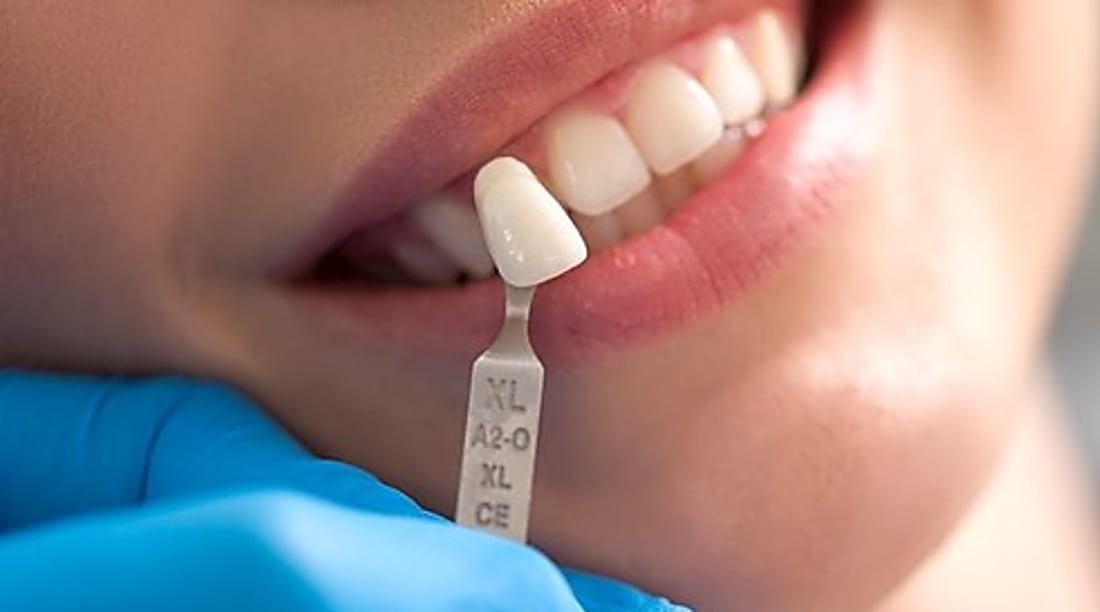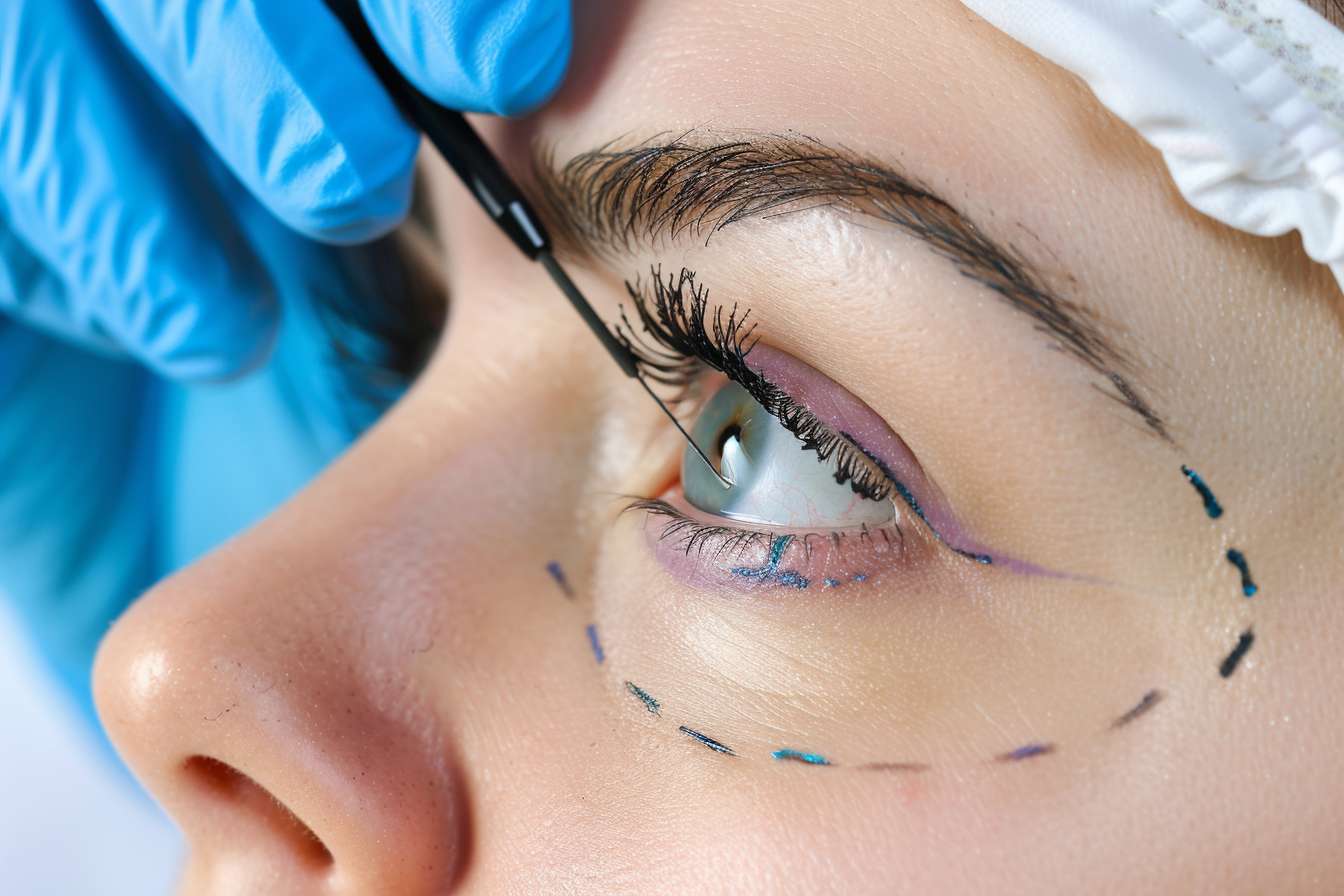Invisible Dentures – Modern and Comfortable Design
Modern dentistry has transformed the way people approach tooth replacement, offering solutions that prioritize both function and aesthetics. Invisible dentures represent a significant advancement in prosthetic dentistry, combining innovative materials with thoughtful design to create restorations that blend seamlessly with natural teeth. These contemporary alternatives address common concerns about appearance and comfort, making daily wear more manageable for those seeking discreet tooth replacement options.

For individuals facing tooth loss, the choice of dental prosthetics can significantly impact quality of life. Traditional dentures have served countless people well, but advances in dental technology have introduced invisible dentures that offer enhanced comfort and a more natural appearance. These modern solutions use flexible materials and refined construction techniques to create prosthetics that adapt better to the mouth’s contours while remaining virtually undetectable to others.
Understanding Flexible Invisible Denture Design
Invisible dentures utilize advanced materials such as thermoplastic resins and flexible nylon-based compounds that differ substantially from conventional acrylic dentures. These materials allow the denture base to bend slightly, conforming to the natural movements of the mouth and gums. The flexibility reduces pressure points that often cause discomfort with rigid dentures, while the translucent or tooth-colored base eliminates the telltale metal clasps and pink acrylic that characterize traditional designs. The construction process involves precision molding that captures detailed impressions of the oral cavity, ensuring a custom fit that accounts for individual anatomical variations. This personalized approach helps the denture sit securely without relying on visible metal attachments, contributing to the invisible appearance that gives these prosthetics their name.
Natural Fit and Comfort in Daily Wear
Comfort remains a primary concern for denture wearers, and invisible dentures address this through their adaptive design. The flexible materials distribute biting forces more evenly across the gums, reducing sore spots that can develop with rigid prosthetics. Many wearers report a shorter adjustment period compared to traditional dentures, as the flexible base moves naturally with speaking and chewing motions. The lightweight construction also contributes to comfort, creating less awareness of wearing a prosthetic device throughout the day. Proper fit is essential for maintaining this comfort level, which is why dental professionals take multiple impressions and conduct fitting sessions to ensure optimal positioning. The absence of metal clasps not only enhances appearance but also eliminates potential irritation to adjacent teeth and soft tissues, making invisible dentures a gentler option for sensitive mouths.
Achieving a Discreet Smile with Modern Materials
The aesthetic advantages of invisible dentures stem from careful material selection and color matching. Dental technicians use tooth-colored or gum-toned thermoplastic materials for the denture base, eliminating the contrast that pink acrylic creates against natural gum tissue. The artificial teeth themselves are crafted to match the shade, shape, and translucency of natural teeth, with attention to subtle variations that prevent an overly uniform appearance. Advanced manufacturing techniques allow for thin, precise edges where the denture meets existing teeth or gums, reducing visible transition lines. The result is a restoration that blends seamlessly with the oral environment, allowing wearers to smile, speak, and eat with confidence. For partial denture wearers, the absence of visible metal clasps represents a particular advantage, as these components often draw unwanted attention in traditional designs.
Adapting to Daily Activities with Invisible Dentures
Daily life with invisible dentures typically involves a brief adaptation period as the mouth adjusts to the new prosthetic. Most wearers find that eating becomes comfortable within a few weeks, though some foods may require modified techniques. The flexible nature of these dentures allows for a more natural chewing motion compared to rigid alternatives, though very hard or sticky foods may still present challenges. Speaking clearly is another area where invisible dentures perform well, as the thin, precise fit minimizes interference with tongue movement and reduces the likelihood of clicking sounds. Maintenance involves daily cleaning with appropriate denture solutions and regular dental check-ups to ensure proper fit as gum tissue naturally changes over time. Many wearers appreciate that invisible dentures can often be worn comfortably throughout the day without the need for adhesives, though individual experiences vary based on fit quality and oral anatomy.
Cost Considerations for Invisible Dentures
The financial aspect of invisible dentures varies considerably based on several factors, including geographic location, dental practice pricing, materials used, and whether the restoration is a partial or full denture. Understanding these cost variables helps individuals make informed decisions about their dental care investments.
| Denture Type | Provider Type | Cost Estimation |
|---|---|---|
| Flexible Partial Denture | Private Dental Practice | $700 - $2,500 per arch |
| Full Flexible Denture Set | Private Dental Practice | $2,000 - $6,000 |
| Flexible Partial Denture | Dental School Clinic | $400 - $1,200 per arch |
| Full Flexible Denture Set | Dental Chain/Franchise | $1,500 - $4,500 |
| Premium Custom Invisible Denture | Specialist Prosthodontist | $3,000 - $8,000+ |
Prices, rates, or cost estimates mentioned in this article are based on the latest available information but may change over time. Independent research is advised before making financial decisions.
Several factors influence the final cost of invisible dentures. Custom fabrication requires skilled dental technicians and multiple appointments for impressions, fittings, and adjustments, which contribute to overall expenses. The quality of materials used affects both cost and longevity, with premium thermoplastic resins commanding higher prices but often providing superior comfort and durability. Geographic location plays a significant role, as dental care costs vary between urban and rural areas and across different regions. Dental insurance coverage for dentures varies widely, with some plans covering a portion of costs while others exclude cosmetic or premium options entirely. Many dental practices offer payment plans or financing options to make invisible dentures more accessible to patients who cannot pay the full amount upfront.
Maintaining Your Investment Over Time
Proper care extends the lifespan of invisible dentures and protects the initial investment. Daily cleaning with non-abrasive denture cleansers prevents staining and bacterial buildup, while proper storage in denture solution or water prevents the flexible material from drying and warping. Regular dental visits allow professionals to assess fit and make adjustments as needed, as gum and bone tissue naturally change shape over time. Most invisible dentures require replacement or relining every five to seven years, depending on wear patterns and oral changes. Avoiding extremely hot water, harsh chemicals, and abrasive cleaning tools helps preserve the material integrity and appearance. With appropriate care and professional maintenance, invisible dentures can provide years of comfortable, discreet tooth replacement, making them a worthwhile consideration for those seeking modern prosthetic solutions.
This article is for informational purposes only and should not be considered medical advice. Please consult a qualified healthcare professional for personalized guidance and treatment.




